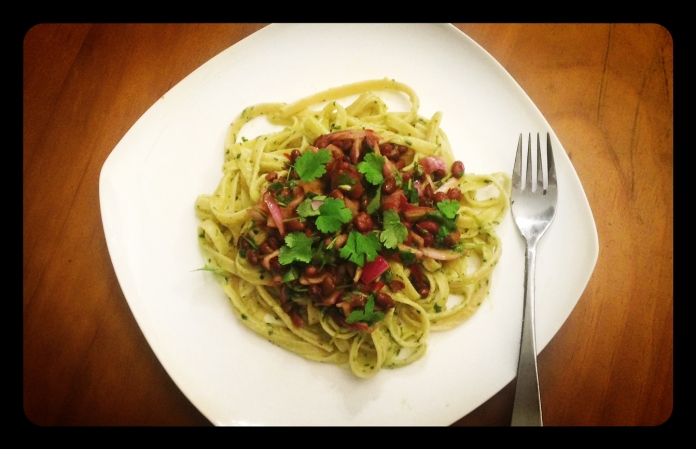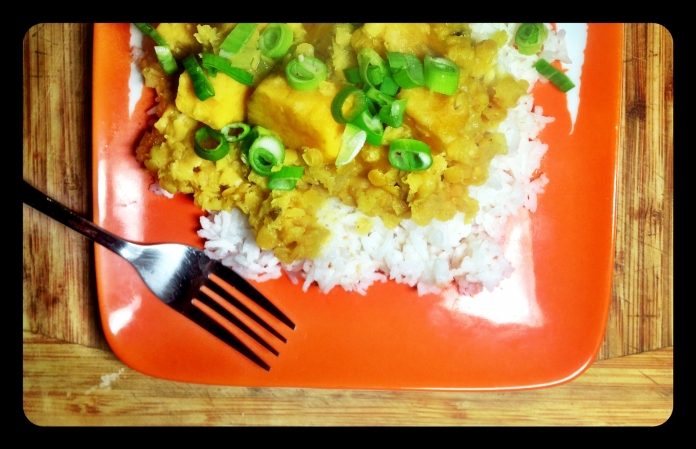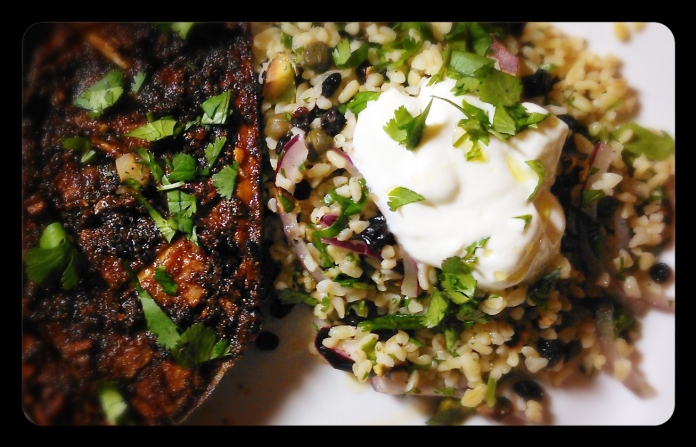
Mmmmm . . . Gnocchi . . .
Gnocchi are one of those foods that are amazing to eat when made right, and for whatever reason are so often done wrong. It is so disappointing to order gnocchi at a restaurant expecting little fluffy, melt in your mouth, pillows of potato goodness, and what is delivered on your plate are gluggy, sticky potato rocks.
Because it seemed too hard and daunting a task to make gnocchi that are nice to eat, I had never tried making my own . . . until now. My friend Stef claims she has a fool-proof easy recipe for potato gnocchi given to her by an Italian friend, Elisa Testoni, who used to run Italian cooking classes in Christchurch and now has moved back to Italy to open her own bed & breakfast (I know where I am staying next time I am in Italy).
So . . . I enlisted Stef’s help to make gnocchi for Day 33 of my 100 Days Project. Gnocchi are thick, soft Italian dumplings; the origin of which dates back to ancient Roman times. Originally made from semolina flour, modern gnocchi are most often made from potato, but ingredients vary depending on the region a particular recipe is from. Traditionally gnocchi are eaten as a first course commonly served with melted or browned butter with sage, pesto, and other various sauces.
Mascarpone is a thick spreadable Italian cheese made from cream. It is considered a specialty of the Lombardy region of Italy and is used to thicken sauces and risottos, and is also used in deserts like Tiramisu. For this recipe the macarpone is added to tomato sauce to give it a creamy texture and flavor. On its own, I thought the combination of tomato and mascarpone would be delicious, but I like to have a little texture and saltiness with creamy sauces. A friend had recently been talking about frying capers, and how they “pop in your mouth with a crunch releasing that yummy warm salty brine”. From this description, I thought fried capers would make the perfect finishing touch for my plate of gnocchi and sauce.
Instead of being a single recipe, this dish for Day 33 is more of a combination of food elements that I have been wanting to try. The gnocchi, the sauce, and the fried capers originally come from three different recipes or ideas I have heard about. Together, the three different elements create a quite tasty meal.
Homemade Potato Gnocchi with Tomato Mascarpone Sauce & Fried Capers
MAKES: 3 servings
INGREDIENTS
for the gnocchi
- 600g potato
- 200 g plain flour or semolina flour
- 1 egg, lightly beaten
- 2 tablespoons parmesan, finely grated
- 2 teaspoons nutmeg (freshly grated is best but not necessary)
for the sauce – recipe adapted from BBC Good Food.
- 1 tablespoon olive oil
- 2 garlic cloves, crushed
- 400 gram or 14 ounce can of chopped tomatoes in sauce
- 140 grams or 5 ounce mascarpone
- 200 gram or 8 ounce bag of baby spinach
- handful fresh basil leaves
- shaved parmesan, for garnish
- salt, pepper, and Italian herbs to taste
for the capers
- 1/2 cup capers, drained and patted dry
For the gnocchi: Boil potatoes with skins on. When cool enough to handle remove potato skins with your thumbs. Mash the potato and let completely cool. This is best prepared ahead of time so that the mashed potato can completely cool, but can be put in the refrigerator or freezer to save time.
Add the lightly beaten egg, flour, and parmesan. Do not add these ingredients until the potato has completely cooled or else your gnocchi will come out sticky and gluggy instead of light and fluffy.
On a lightly floured surface, knead the ingredients into a smooth dough, and then pad it out into a shape about 20mm or 1 inch thick.
Cut the dough into strips about 20mm or 1 inch wide. Roll the strip back and forth until rounded, and then cut into 30mm or 1 1/2 pieces. With the back of a floured fork give the gnocchi pieces grooves.
Place gnocchi pieces on a floured baking sheet to rest. At this point, if you are not planning on eating all the gnocchi right away, the gnocchi pieces can be put into the freezer for use at a later date.
While gnocchi are resting, fill a large pot with water and salt, and bring the water to a boil. Once the water is boiling, put the gnocchi pieces into the pot making sure to stir the water so that they do not stick together. If you are using gnocchi that have been frozen from before, then they can come directly out of the freezer and into the pot of boiling water. Bring the water back up to a gentle boil, and when the gnocchi float to the surface they are done. Use a slotted spoon to transfer the cooked gnocchi from the pot into a colander or plate.
For the sauce: Heat the olive oil in a frying pan, fry the garlic until golden, then add the tomatoes. Season, with salt and pepper or other Italian herbs, and then let simmer for 10 minutes.
Stir in the mascarpone and cook for 2 minutes more. Add the spinach for the final min of cooking. You want to make sure the spinach is just wilted and not over cooked into the sauce.
For the capers: Drain the capers of any brine and pat dry with a paper towel.
Heat the oil in a small heavy duty skillet over a medium heat. Add capers to oil in the skillet and fry until capers are crisp and open like flowers. Stirring often, they will need to cook for only 45 to 60 seconds.
Using slotted spoon, transfer capers to paper towels to drain. The capers can be fried two hours ahead before being used in a recipe. Just let them stand at room temperature until you’re ready to add them.
To serve: Add cooked gnocchi into the pan of sauce and mix well. Serve immediately with basil leaves, parmesan shavings, and fried capers scattered over the top of each portion.
ENJOY!!










